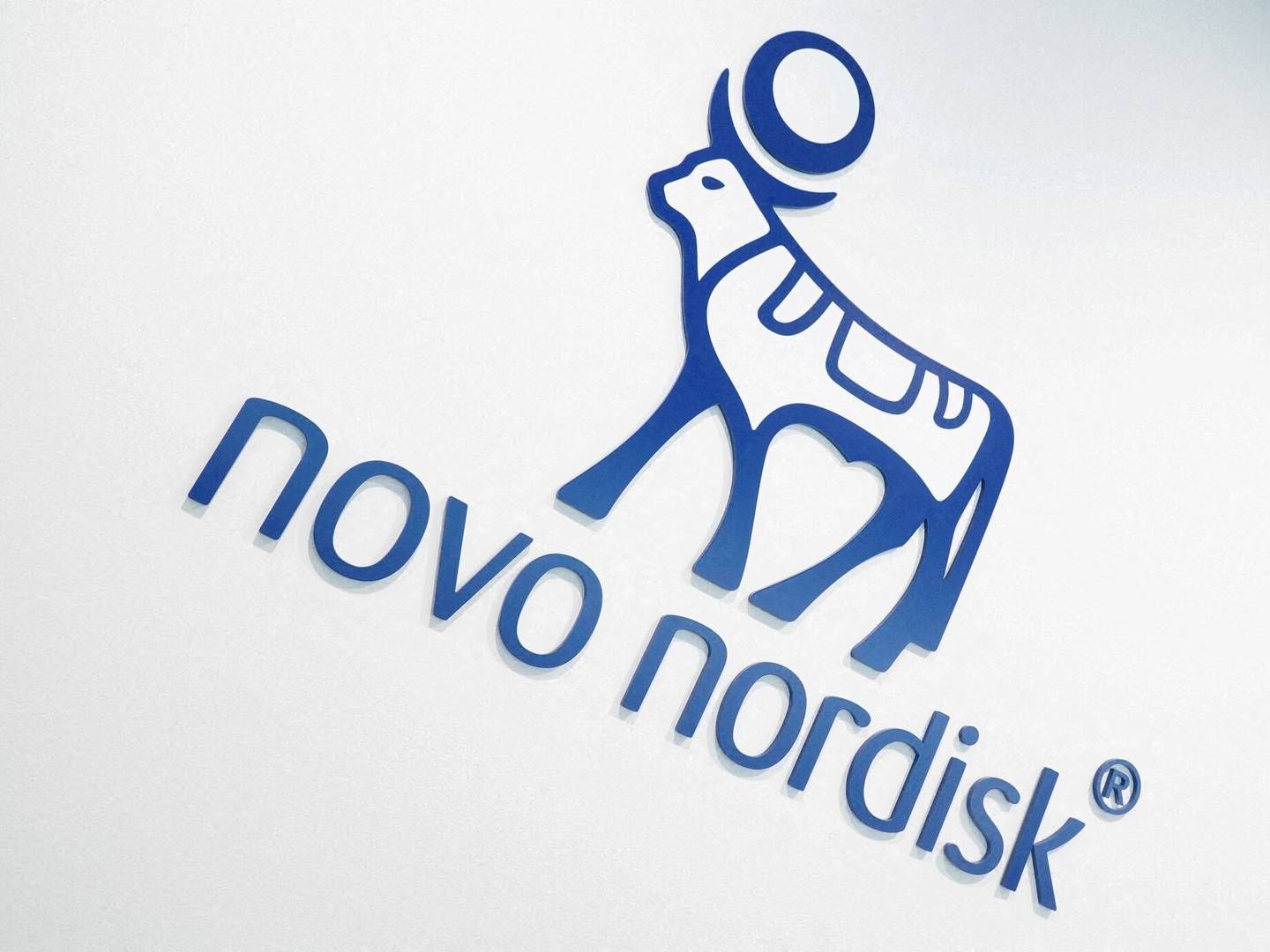Absolute PowerPoint - Can a software package edit our thoughts?
The usual metaphor for everyday software is the tool,
but that doesn’t seem to be right here. PowerPoint is
more like a suit of clothes, or a car, or plastic surgery.
You take it out with you. You are judged by it—you
insist on being judged by it. It is by definition a social
instrument, turning middle managers into bullet-point
dandies. But PowerPoint also has a private, interior influence.
It edits ideas. It is, almost surreptitiously, a business
manual as well as a business suit, with an opinion—an
oddly pedantic, prescriptive opinion—about the way
we should think. It helps you make a case, but it also
makes its own case: on presentations, insisting on something
it calls the “Rule of Seven”: “Seven (7) bullets or lines per page,
seven (7) words per line.”
Read Ian Parkers essay ABSOLUTE POWERPOINT from The
New Yorker, May 28, 2001 in pdf































